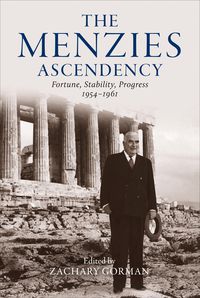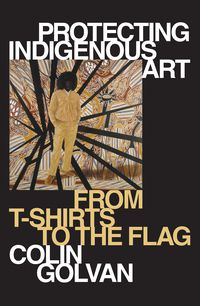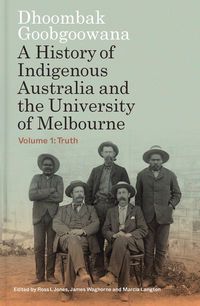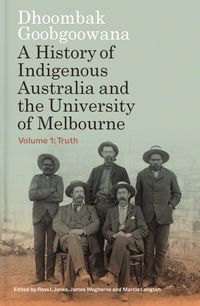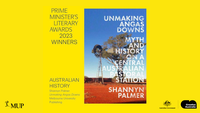MUP authors shortlisted for the Victorian Community History Awards
Congratulations to Sue Silberberg, Stuart Kells, Jaynie Anderson, Max Vodola and Shane Carmody!
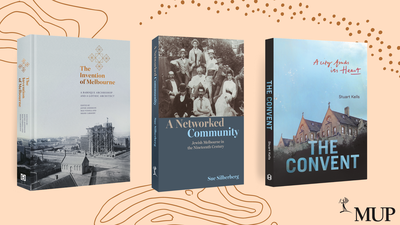
A Networked Community, The Convent and The Invention of Melbourne have all been shortlisted for the 2020 Victorian Community History Awards.
Established in 1998, the Victorian Community History Awards are held annually to recognise the contributions made by Victorians in the preservation of the state’s fascinating history. Presented by Public Record Office Victoria in partnership with the Royal Historical Society of Victoria, the awards celebrate the people involved in community history projects who are dedicated to telling local stories which help all Victorians to better understand their past.
Final winners will be announced during History Month in October via the Public Record of Victoria website. Find out more about each shortlisted title from MUP below.
A Networked Community by Sue Silberberg
Jewish Melbourne in the Nineteenth Century
In 1835 a renegade group of Tasmanians, including Jewish emancipist Joseph Solomon, disembarked in what was to become Melbourne. Thus, as in the settlement of the continent itself, Jews were at the foundation of colonisation. Unlike many other settlers, these Jews predominantly came from urban backgrounds and applied their experience to the formation of a new emancipated conceptualisation of urban Judaism. As in the other new Australian colonies, there were no civil or political restrictions on the Jewish community, and the political and social environment of a new city provided a unique set of opportunities. Here Jews could live and work where they chose, becoming investors in property. As developers and builders they influenced the formation of the urban fabric as the city expanded, while their intellectual and economic connections brought new political and intellectual ideas and networks to the colonial experience.
The Convent by Stuart Kells
From nunnery to eatery and cultural epicentre, trace the vibrant history of the national treasure.
The Abbotsford Convent was this haunted place, left to languish for years after the last of the Sisters of the Good Shepherd had gone. In its prime it had been a school, a refuge, a retreat, a workhouse and a prison-the single largest charitable institution in the southern hemisphere. In the late 1990s a proposed high-density development threatened the idyllic riverside location, sparking outrage in the local community and further afield. Years of protesting, negotiating and fundraising followed and the convent, now on Australia’s National Heritage List, has started a new life as a vibrant centre for art and culture. The Convent: A City Finds its Heart tells the story of the site’s rich history and the efforts to preserve it. It is an uplifting tale of community activism-a tangible reminder that the magic of the past can endure and what people-power can achieve.
The Invention of Melbourne edited by Jaynie Anderson, Max Vodola and Shane Carmody
The origin story of Melbourne's Gothic churches
The Invention of Melbourne defines the relationship between an architect of genius, William Wardell, and the first Catholic Archbishop of Melbourne, James Goold, an Irishman educated in Risorgimento, Italy. Their partnership produced St Patrick's, the largest cathedral of the 19th century anywhere in the world, and some thirteen churches, decorated with hundreds of Baroque paintings. These ambitious policies coincided with the Gold Rush, which contributed financially to their success. The contribution made by Wardell and Goold to the built environment of Melbourne remains significant. Together, they actively and creatively shaped the city that became a major international metropolis.
